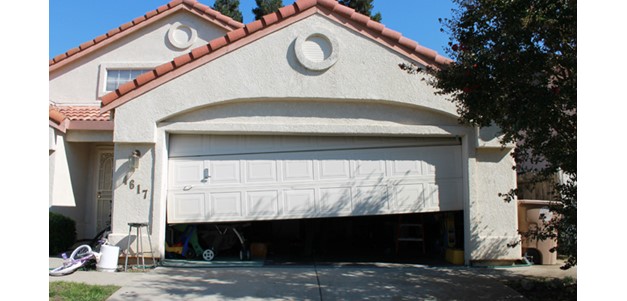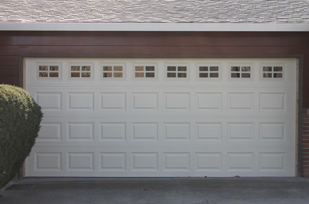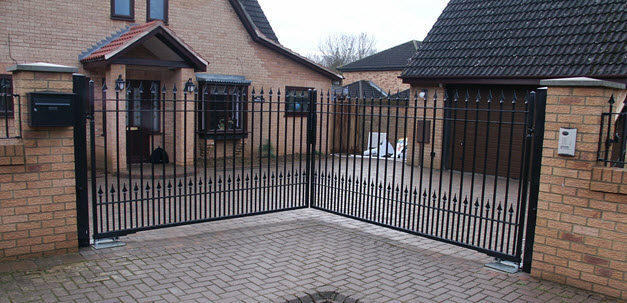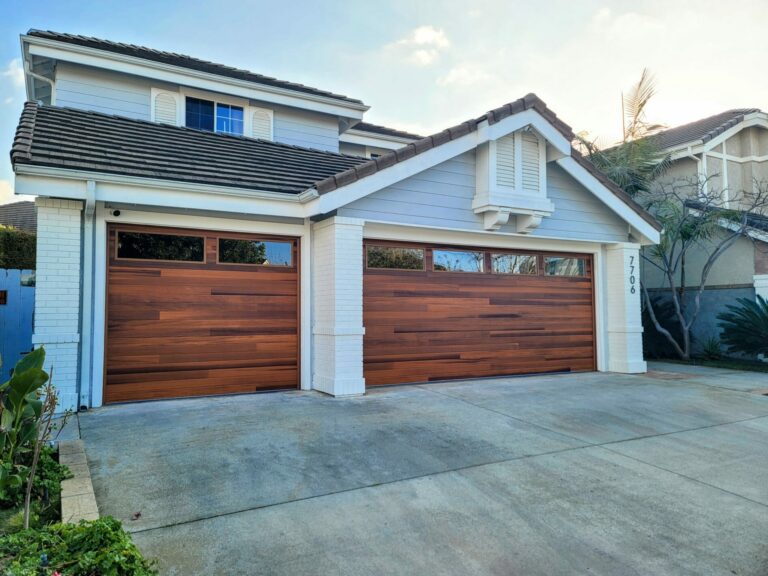The garage door, often an overlooked aspect of our homes, plays a crucial role in our daily lives. It provides security, convenience, and adds to the aesthetic appeal of the property. However, like any other mechanical system, garage doors can encounter issues over time, causing inconvenience and potential security risks. In this article, we will explore common garage door problems, DIY troubleshooting tips, and preventive maintenance measures to keep your garage door in top-notch condition.
Introduction
Imagine heading out for work only to find your garage door refusing to budge, or worse, discovering a malfunction when you’re trying to secure your home. These scenarios highlight the importance of a properly functioning garage door. Beyond being a convenience, a malfunctioning garage door can compromise the security of your home. Let’s delve into some common garage door issues and how you can address them efficiently.
Common Garage Door Issues
Garage doors are complex systems with various components working in harmony. Over time, wear and tear can lead to common issues such as misaligned tracks, loose hardware, and malfunctioning sensors. Identifying these issues promptly is crucial to prevent further damage and costly repairs.
DIY Troubleshooting Tips
Before calling in the professionals, it’s worth attempting some DIY troubleshooting. Understanding the basics can save you time and money. Let’s explore some step-by-step tips for identifying and addressing minor garage door issues on your own.
Inspecting and Cleaning Rollers and Tracks
Smooth rollers and well-aligned tracks are essential for the proper functioning of your garage door. Regular inspection and cleaning can prevent issues caused by dirt and debris.
To clean the rollers and tracks:
- Tools Needed: Soft brush, mild detergent, and a cloth.
- Step 1: Disconnect the door from the opener.
- Step 2: Clean the rollers and tracks using the brush and detergent.
- Step 3: Wipe away any residue with a cloth.
Tightening Loose Hardware
Loose nuts and bolts can cause the door to operate ineffectively and create unnecessary noise. Regularly tighten all hardware to ensure a secure and stable door.
To tighten loose hardware:
- Tools Needed: Wrench or socket set.
- Step 1: Inspect all nuts, bolts, and screws.
- Step 2: Tighten any loose hardware using the appropriate tool.
Lubricating Moving Parts
Proper lubrication is crucial for the smooth operation of moving parts, reducing friction and extending the life of your garage door.
To lubricate moving parts:
- Recommended Lubricants: Silicone-based lubricant for metal parts, lithium-based grease for the opener chain.
- Step 1: Apply lubricant to rollers, hinges, and springs.
- Step 2: Lubricate the opener chain using grease.
Checking and Replacing Weather Stripping
Weather stripping prevents drafts, debris, and water from entering the garage. Worn-out weather stripping can compromise the insulation of your garage.
To replace weather stripping:
- Tools Needed: Replacement weather stripping, utility knife.
- Step 1: Remove old weather stripping using a utility knife.
- Step 2: Install the new weather stripping securely.
Testing and Adjusting Garage Door Sensors
Safety sensors are a critical component of garage doors, preventing accidents and damage. Regularly test and adjust these sensors to ensure they function correctly.
To test and adjust sensors:
- Step 1: Close the door and place an object in the sensor’s path.
- Step 2: The door should reverse immediately upon sensing the object.
- Adjust sensors if needed as per the manufacturer’s instructions.
Balancing the Garage Door
A balanced garage door ensures even wear on components and prevents strain on the opener. Check and balance your door regularly for optimal performance.
To balance the garage door:
- Tools Needed: Screwdriver, adjustment screws.
- Step 1: Close the door and disconnect it from the opener.
- Step 2: Adjust the spring tension using the adjustment screws.
Addressing Noisy Garage Doors
Noise from your garage door can be irritating. Identifying the source of the noise and applying simple solutions can provide a quieter operation.
Common causes of noise and solutions:
- Lubricate moving parts regularly.
- Tighten loose hardware.
- Consider installing noise-reducing accessories.
Dealing with Power Issues
Power-related problems can disrupt the operation of your garage door. Troubleshoot these issues carefully, and if in doubt, consult a professional.
To troubleshoot power issues:
- Check the power source.
- Inspect the fuse or circuit breaker.
- Ensure the opener is plugged in securely.
Replacing Damaged Panels
Damaged panels not only affect the appearance of your garage door but can also compromise its functionality. Learn how to replace damaged panels to maintain the integrity of your door.
To replace damaged panels:
- Tools Needed: Replacement panels, screwdriver.
- Step 1: Remove the damaged panel by unscrewing it.
- Step 2: Attach the new panel securely.
When to Seek Professional Help
While DIY troubleshooting is beneficial for minor issues, some problems require professional intervention. Recognizing when to seek help can prevent further damage and ensure a safe and effective repair.
Signs you need professional help:
- Persistent issues after DIY attempts.
- Unusual sounds or movements from the door.
- Major component failures.
Preventive Maintenance Tips
Prevention is always better than cure, especially when it comes to garage door issues. Incorporate these simple preventive maintenance tips into your routine to keep your garage door operating smoothly.
- Regularly clean and lubricate moving parts.
- Test and adjust garage door sensors bi-monthly.
- Inspect and tighten hardware every six months.
- Check weather stripping annually for wear and tear.
- Schedule professional maintenance annually for a comprehensive checkup.
Conclusion
In conclusion, addressing common garage door issues doesn’t always require a professional. With regular maintenance and prompt attention to minor problems, you can ensure your garage door operates smoothly, enhancing the security and convenience of your home. By following the outlined DIY troubleshooting tips and preventive maintenance measures, you’ll be better equipped to handle and prevent common garage door issues.








